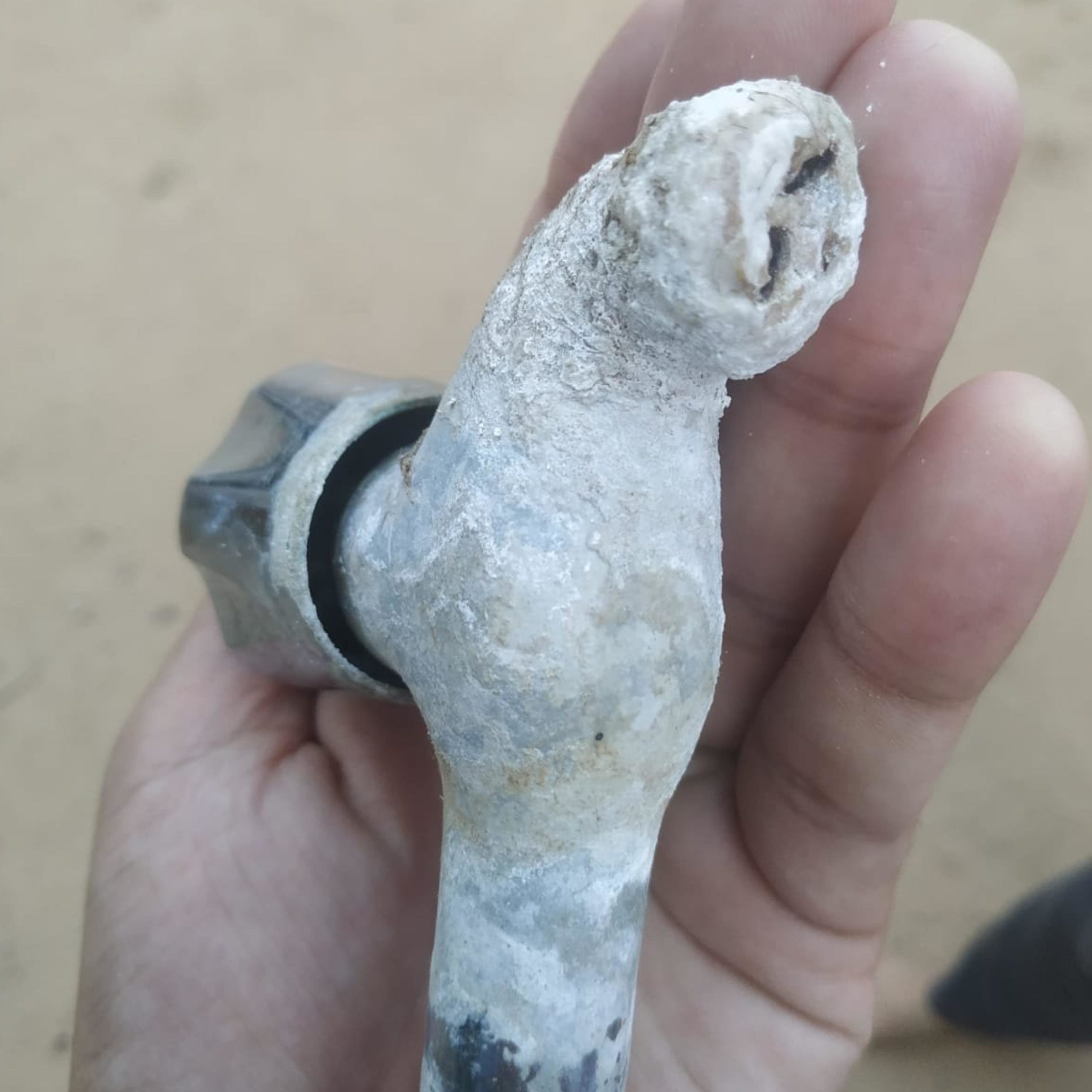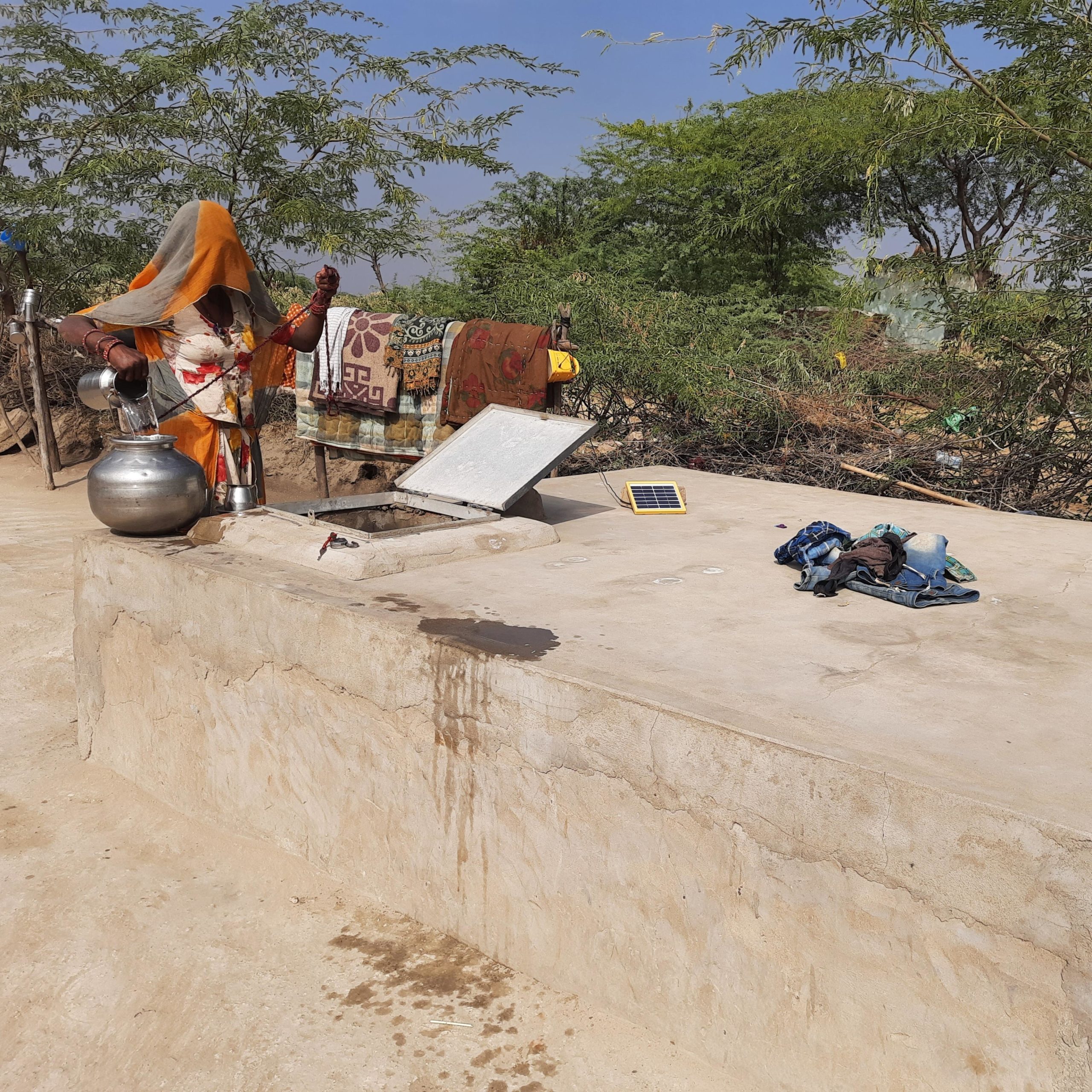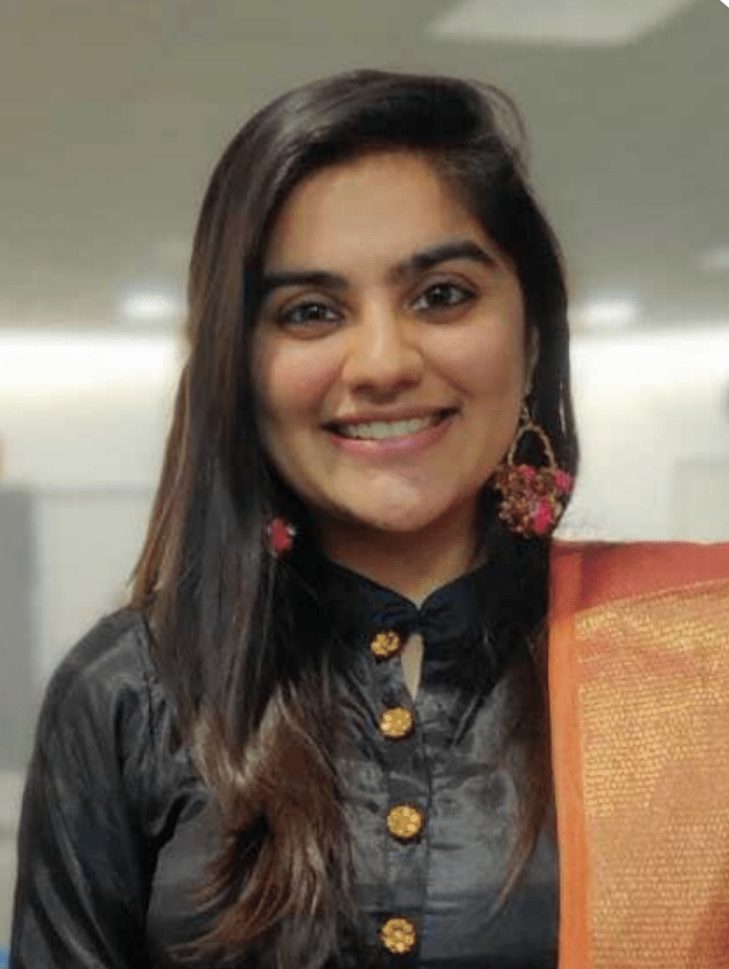Home to many nomadic and marginalised communities such as the Bagariyas, Kalbeliyas, Nat, Saansi, and Harijans, Kotri village is situated in the Ajmer District in Rajasthan, India. It is a water-scarce area due to declining groundwater resources.
Owing to its proximity to the Sambhar Salt Lake, it is distinguished by the prevalence of brackish water, which further intensifies the strain on the limited water resources. This highly saline water is unfit for human consumption.
To make matters worse, most public taps and handpumps either have water with a high amount of fluoride or are dry. The salt content in water is so high that it cannot be removed with the simple filtering process because the salt ends up jamming the filters.
Therefore, the only other way to obtain non-saline water for cooking and drinking is to purchase it through a tanker that runs periodically in the village, which costs approximately Rs. 450-550 per 1500 litres.

Not only has increasing scarcity and availability of only saline water considerably reduced agricultural activity, driving people away from farming to being wage laborers in the salt pans but also adversely affected the sanitation and hygiene practices of communities in this area.
Regular consumption of unclean and saline water with high fluoride has deteriorated the health of people. Though Kotri village houses many communities, this blog mainly focuses on the state of sanitation and hygiene practices of the Bagariya community, which faces grave social, economic, political, and environmental challenges.
The plight of the Bagariyas
The Bagariya community is one of the most marginalised communities in this region, settled 2-3 km away from the main village. They earn their livelihoods by guarding the fields of others or working in the salt pans.
Most of these families still reside in kaccha houses and huts on the government land in clusters of 20-30 families in conditions of extreme deprivation of basic necessities such as water, healthcare, and education.
Their survival is dependent on whether they can find work on a given day. For a member of the Bagariya family who earns Rs. 300-350 per day, purchasing the exorbitantly priced clean water, a life-sustaining resource, is challenging.
Borrowing water from a neighbour, or walking long distances (2 km or more) in search of water is a common practice, the burden of which is borne by women and girls of the community since they are at the lowest rung of the social ladder. Finding and bringing water home is a critical responsibility that often takes up their entire day, consequently keeping them out of school.
Prem Devi of the Bagariya community shared her predicament; she said, “I and most other women and girls are cannot take a bath for as long as 15 days, owing to the shortage of water. Most of us do not possess more than 2-3 pairs of clothing; we often wear dirty clothes as we neither have soap nor water to wash them clean.”
The sight of women and girls walking around in their menstrual blood-stained ghaagras (skirts) is not uncommon. Throughout their menstruating days, women and girls often sit in the corner of their houses, completely restricting their movements.
Women reported using rags, dirty undergarments, or torn bits from their already dirty clothes to hold the menstrual blood, making them prone to Reproductive Tract Infections.
The severity of such infections may also require surgical treatments leading to the inability to bear children or even death. Women from the most deprived families in this community do not use any material to contain the menstrual blood and keep bleeding in the open.
Geeta Devi recounted her constant dilemma of using the expensive clean water to maintain her hygiene vis-a-vis cooking and feeding her family, the latter being the obvious choice for her. Dehydration, joint pain, and muscle pain are also common among women and girls, which makes it difficult for them to walk to the public taps, which are either dry or have dirty water.
Though few of the families in this community have constructed pukka houses with the support of government schemes, ironically, very few of them have proper toilets.
In dwellings where toilets are present, they are either not correctly constructed or remain unused, and the community still heavily practices open defecation. A significant number of deaths during childbirth and from diarrhoea have also been reported in this community.
In such a crisis, the merciless waves of Covid-19 completely shattered whatever sources of livelihood they had left, rendering them penniless. Most families relied on borrowed money with high-interest rates to manage their day-to-day food and water expenses.
With nationwide guidance to wash hands properly with soap and water and covering the nose and mouth with a clean mask being the only ways to prevent oneself from catching the virus, the Bagariyas found themselves in possession of none. This further hampered their mental health worsening the constant fear of death they felt.
Efforts to tackle the problem
Manthan Sanstha is a community-based NGO working in Kotri village to support these communities for over two decades. They have been working closely with the Bagariyas to conduct awareness campaigns to teach them the importance of good sanitation and hygiene practices.
With community members’ support, Manthan has been constructing and donating underground water storage tanks to these families.

In the words of Geeta and Pemal Devi, “Earlier we had no way to store large amounts of water because all we had were small pots and buckets. With the construction of water tanks, we do not have to go in search of water daily; we can now store it in our tanks. We can take a bath more regularly and use clean/washed clothes during our menstrual cycle.”
Patasi Devi, recalling her experience, mentioned, “Because now I do not have to worry about the source of water every day, I am able to go to work on time and earn money to be able to buy food and water.”
The Founder and Coordinator of Manthan Sanstha, Mr. Tejaram Mali reported improvement in the appearance and hygiene behaviours of people in the Bagariya Community and an increase in the attendance of girls in the schools.
There is still a long way to go
Despite efforts by Manthan Sanstha, the pandemic demolished years’ worth of progress for the Bagariyas. This blog is a story of just one community, but many more share the same plight. To make sanitation and hygiene a priority for the people in these communities, multiple awareness and education campaigns are needed, which will enable people to transform the way they think about their sanitation and hygiene behaviors.
Moreover, more water tanks and rainwater harvesting structures need to be created in this water sparse area, which can collect naturally available non-saline water that will recharge the groundwater table and revive the dry handpumps and public taps in the area.




